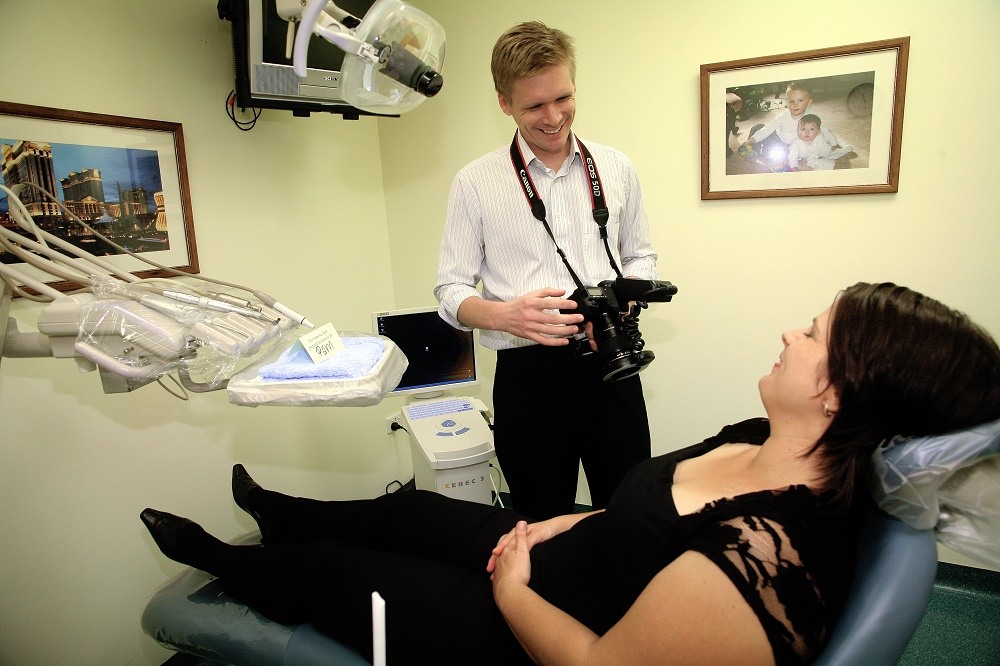What can the patient afford?
I've previously written about the first two parts of the exam treatment planning process.
Part 1: What the patient wants (the goal).
Part 2: What the patient has (the exam).
In part one and two we learned where the patient is starting from, and where they want to go. This article focuses on the plan of how we get from one to the other.
It is only at this stage that we begin to think about procedures. Don't exclude the procedures just because we cannot personally do them, or because they are a bit scary.
If we have questioned the patient enough, we will know that there would only be a few ways to achieve the outcome. The difficulty lays in the chasm between what is required to achieve an outcome, and what suits the patient.
The most common reasons the patient may not wish to undergo procedures necessary to achieve a goal is:
- Time.
- Pain.
- Cost.
- Risk.
Cost is by far the biggest handbrake on treatment
One thing that is learnt with hard experience is to not try to reduce cost by reducing the necessary steps to achieve a goal. If a goal cannot be achieved in the patient's budget, then it is better to help the patient adjust to a lesser outcome before you start.
The patient will often expect the same outcome even if you compromise the treatment, which results in a far higher risk of dissatisfaction. Or as the famous saying goes:
Modify the mouth, or modify the mind
If Cost is a pain point, modify the treatment to suit the patient's budget.
- Staging. Do urgent work first and then more elective work later. Or build the occlusion in composite, and then move to ceramic later. Do the right implants this year and the left next year. Or complete three composites a month until they are all done.
- Change the plan to get the same outcome with different approaches. This is most common in aesthetic cases. We can achieve aesthetics multiple ways. For instance, we may use a partial denture instead of a bone graft and implants. However the trade off might be comfort, which isn't as high a priority for some.
- Use composite veneers instead of ceramic.
- Change the plan to get a different outcome. Patient may want fixed teeth, but instead we do a denture because of cost.
- Finance. This isn't used in all countries, but in some, a form of patient finance will help patients to get things done.
The desiderata of Treatment Planning
- It is important that you don't fall in love with a treatment and want to do it more than the patient does. This can cause multiple problems down the track, particularly if things go wrong.
- Be very frank about risks and things that could go wrong. Sometimes when I teach, younger dentists ask me, "what if the patient decides to not go ahead with it once they hear all the risks?" That's the whole point isn't it? If the patient does not want to do treatment once they hear the risks, that's why we do informed consent.
- The ability to quickly juggle through multiple procedures to find a combination that suits the patient requires a knowledge of many procedures. So even if you don't want to do some of the specialty procedures, its still worth knowing about them so that you know what your specialists can do if you need to refer cases out.
- Don't be afraid to say no. Often it is tempting to want to take on every patient. However, over time you will learn it is better to sit around doing nothing, than to have a patient that talked you into a compromised plan, complaining incessantly that it's not as good as the uncompromised plan.
- This particular part of treatment planning - working out how you get a patient from what they have, to what they want - is by far the most difficult part of dentistry. Mentally it is far harder than any procedure. Like a procedure it takes practice and you continually improve throughout your life.
- Don't be upset if you stumble from time to time. Keep trying!
Read The Tripod of Treatment Planning Part 1 click here.
Read The Tripod of Treatment Planning Part 2 click here.






